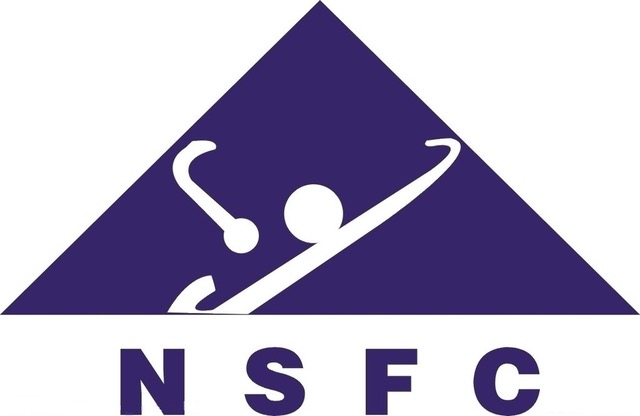The HCT-ICT project
Harnessing Color Entanglement For Information & Communication Technology (HCE-ICT) is a joint project funded by the Ministry of Foreign Affairs and International Cooperation (MAECI) and the National Natural Science Foundation of China (NSFC) aiming at exploring atomic chips solutions as well as solid and non-solid interfaces solutions to efficient harnessing of single-photon colour entanglement. This is a novel form of entanglement bearing a potential for next generation quantum information and communication technology (ICT) architectures.
MAECI Progetti Grande Rilevanza PGR-00960, Prot. nr. MAE0088934
The HCE-ICT project is a multi-partners endeavour aimed at investigating how “indistinguishability” between two spontaneous four-wave mixing processes could be harnessed to achieve heralded generation of single-photon color-entangled states whereby one single-photon excitation is simultaneously shared by two distinct frequency modes. Narrow bandwidths color-entangled states could be generated in multi-level resonant media with a degree of entanglement that can be easily engineered. Large degrees of entanglement can be attained with sizeable efficiencies yet negligible losses, making the generation scheme robust and well poised for experimental implementation. The scheme will be tested in modern atomic or atom-like interface architectures though it could well be adapted to solid interfaces set to work at room temperatures and telecom wavelengths as the underlying physical mechanism is rather general. Notably, (hybrid) atomic-solid or (fully) solid interfaces lend themselves to on-chip integration, promising future scalability in quantum communication applications. Within this perspective, rare-earth doped crystals are noteworthy candidates for practical single-photon colour-entangled states generation and manipulation setups but also temporal-spatial modulations of coherently driven atomic samples, whether in the form of new optomechanical cavity elements or free-space standings, and dipole-dipole interactions of suitably arranged Rydberg atoms are likely to be successful candidates. The general working mechanism which we address can easily be extended to achieve multi-colour entanglement, which is compelling when compared e.g. to standard entanglement encoding where multi-mode operations are not accessible. A congruous part of the project will be devoted to investigating such novel forms of “color-entanglement”.
Quantum technologies have the potential to revolutionise science and society and their growing importance and potential impact has been highlighted in recent years through a worldwide increase of investments in R&D both in academia and in industry.
Colour-entangled single-photons are novel and may potentially become a paradigm shift for single-photon entanglement, which is the simplest yet important form of entanglement. Highly engineered solid and non-solid interface solutions both sought for in the project clearly have a potential for developing new basic building blocks for next generation quantum information and communication technology (ICT) architectures.
Entanglement
The field of nonlinear optics, ushered in with the development of the first lasers in the 60’s, is nowadays instrumental in generating intriguing photon states, the fundamental quantum unit of light, that are not only critical to advancing our understanding of quantum mechanics but will also play a key role in generating important applications in quantum communication technologies. Four-wave mixing is one of the earliest instances of nonlinear optical phenomena to be reported.
Information processing with photons represents a rapidly developing area of science and technology and perhaps the final frontier in the quest to harness the fundamental properties of lightwaves for communication and data processing. A stunning example is the recent demonstration of using photons to perform computations (Jiuzhang Quantum Computer).
A unique property of photons is entanglement, which plays a key role in quantum communications. It has been successfully employed to implement faithful quantum (information) teleportation while photon entangled states are crucial resources for quantum key distribution, for quantum repeaters as well as for a number of other important quantum information processing protocols dealing with quantum secret sharing and secure direct communications.


